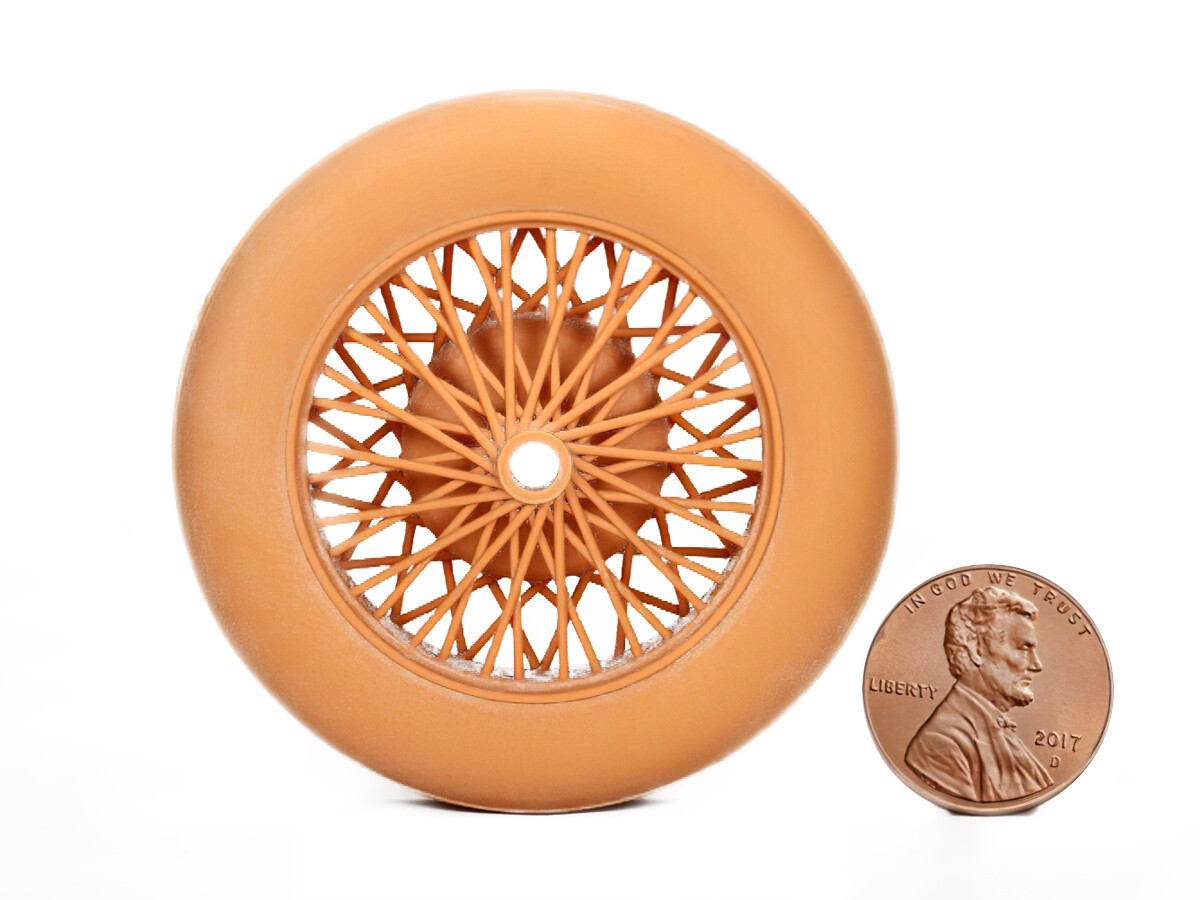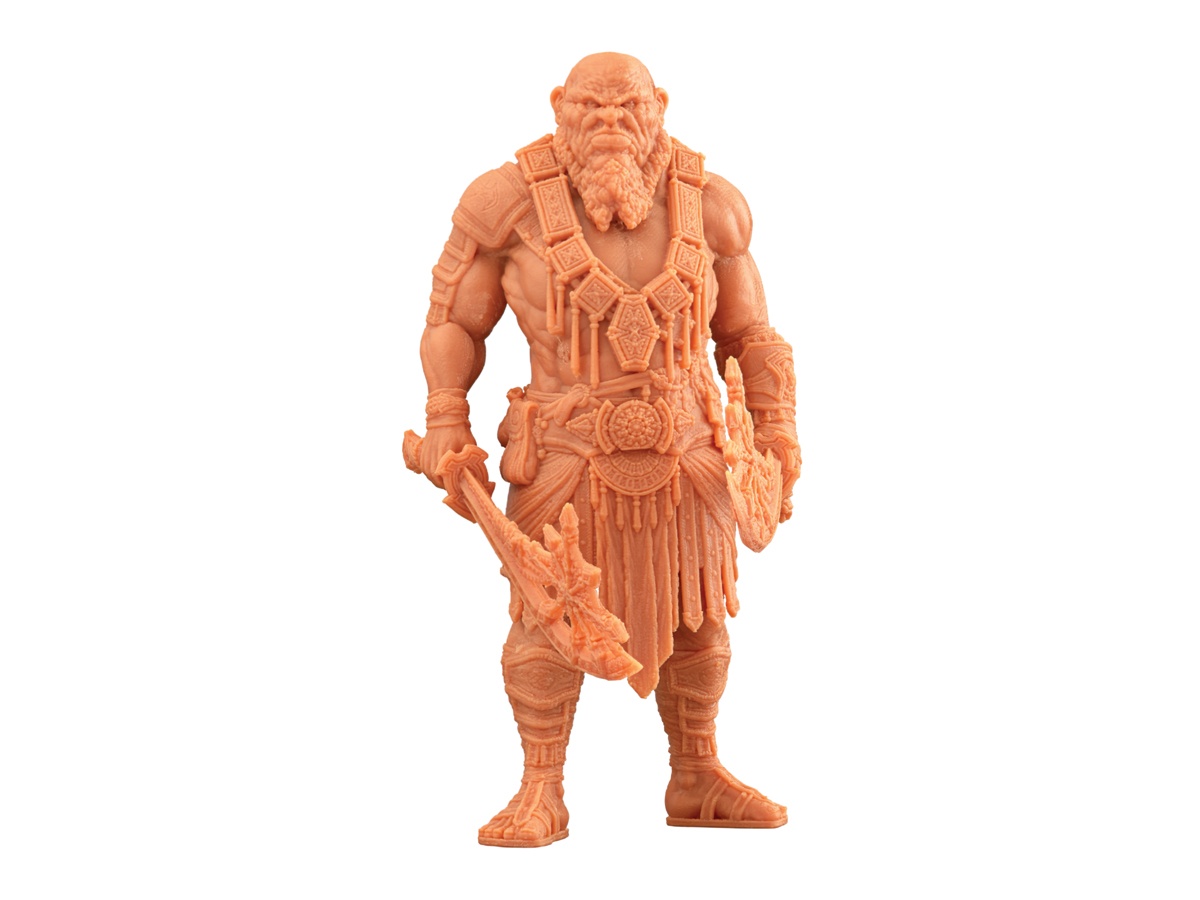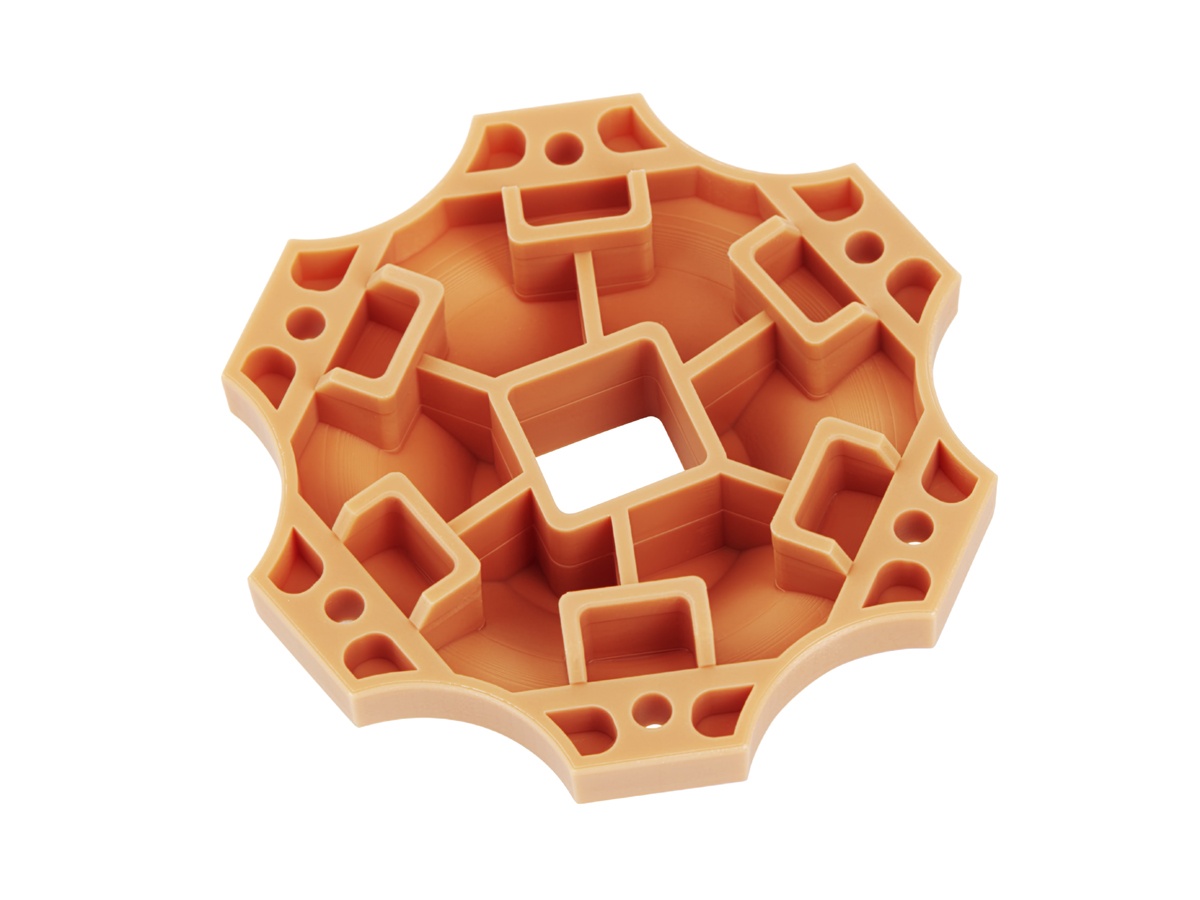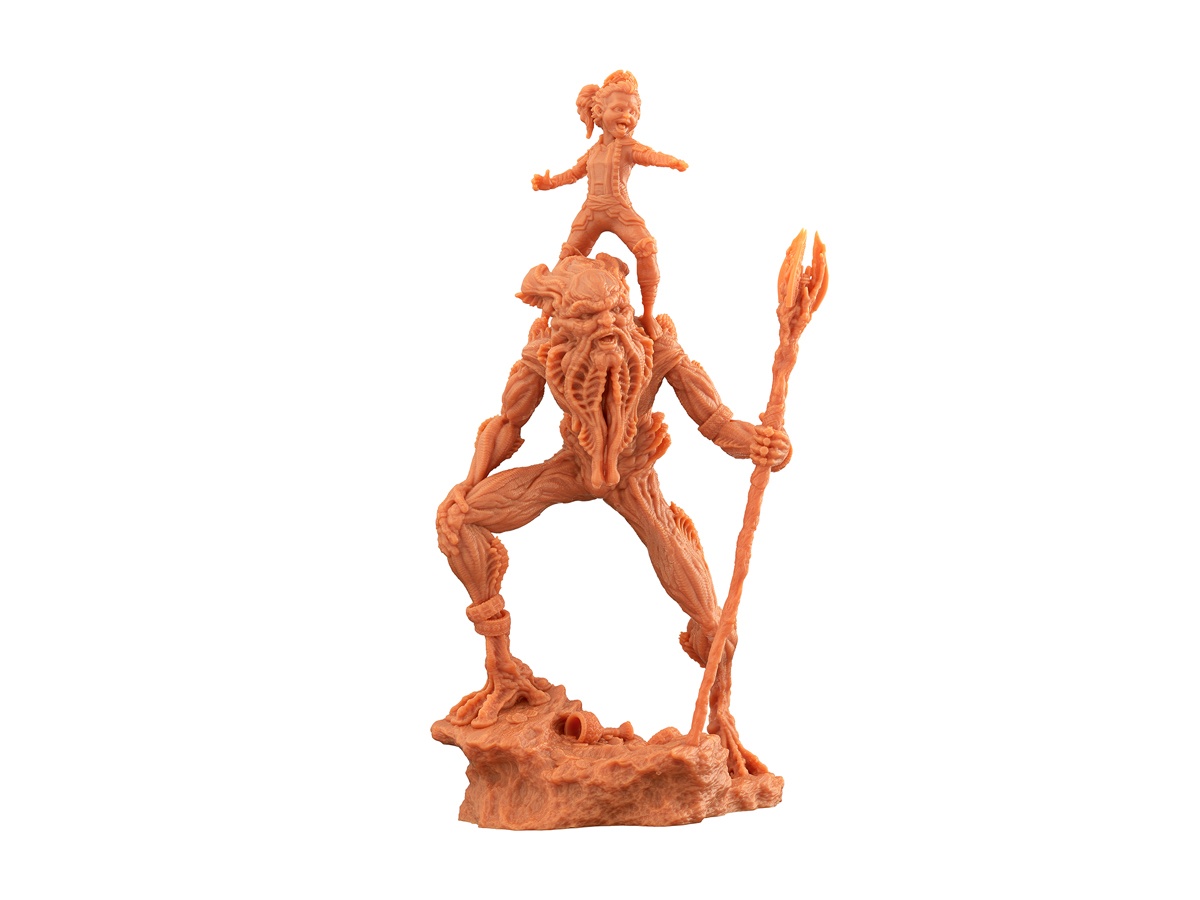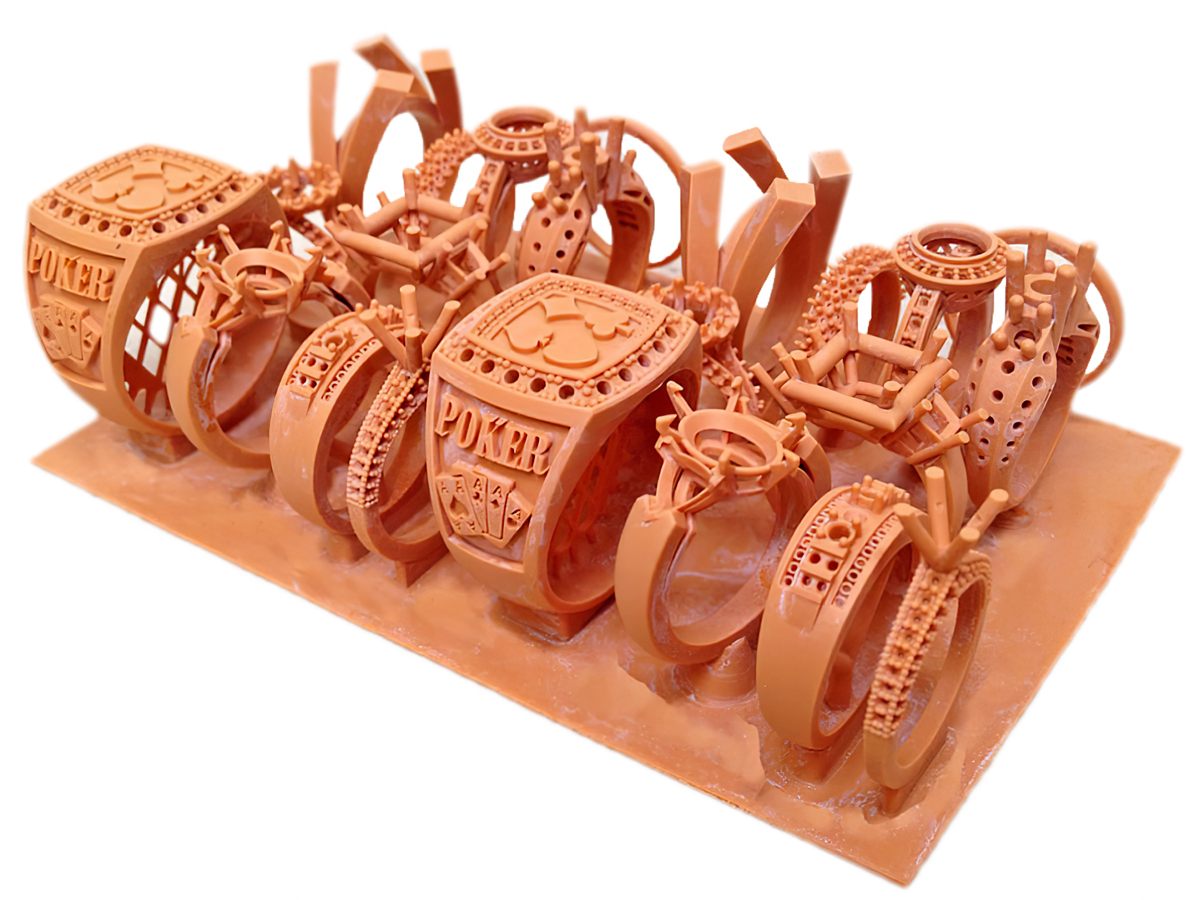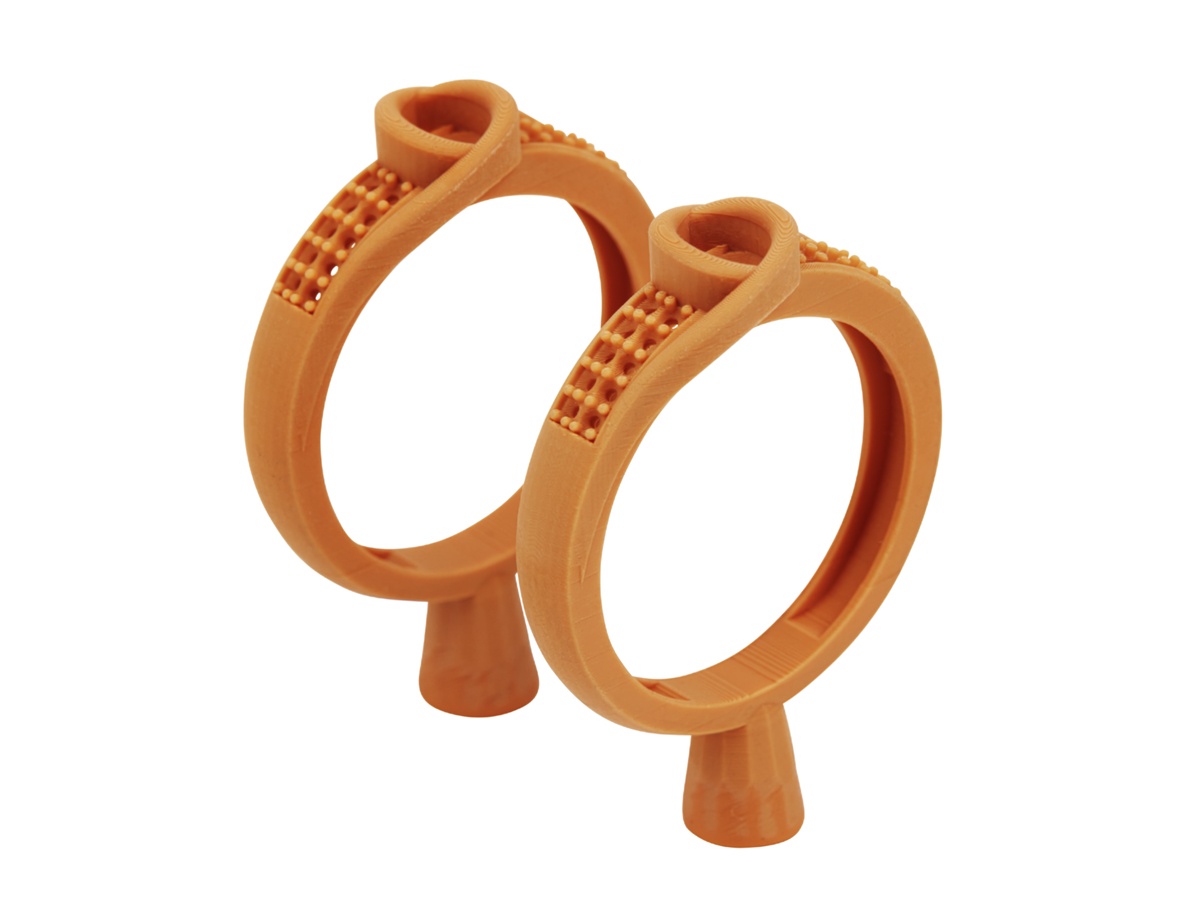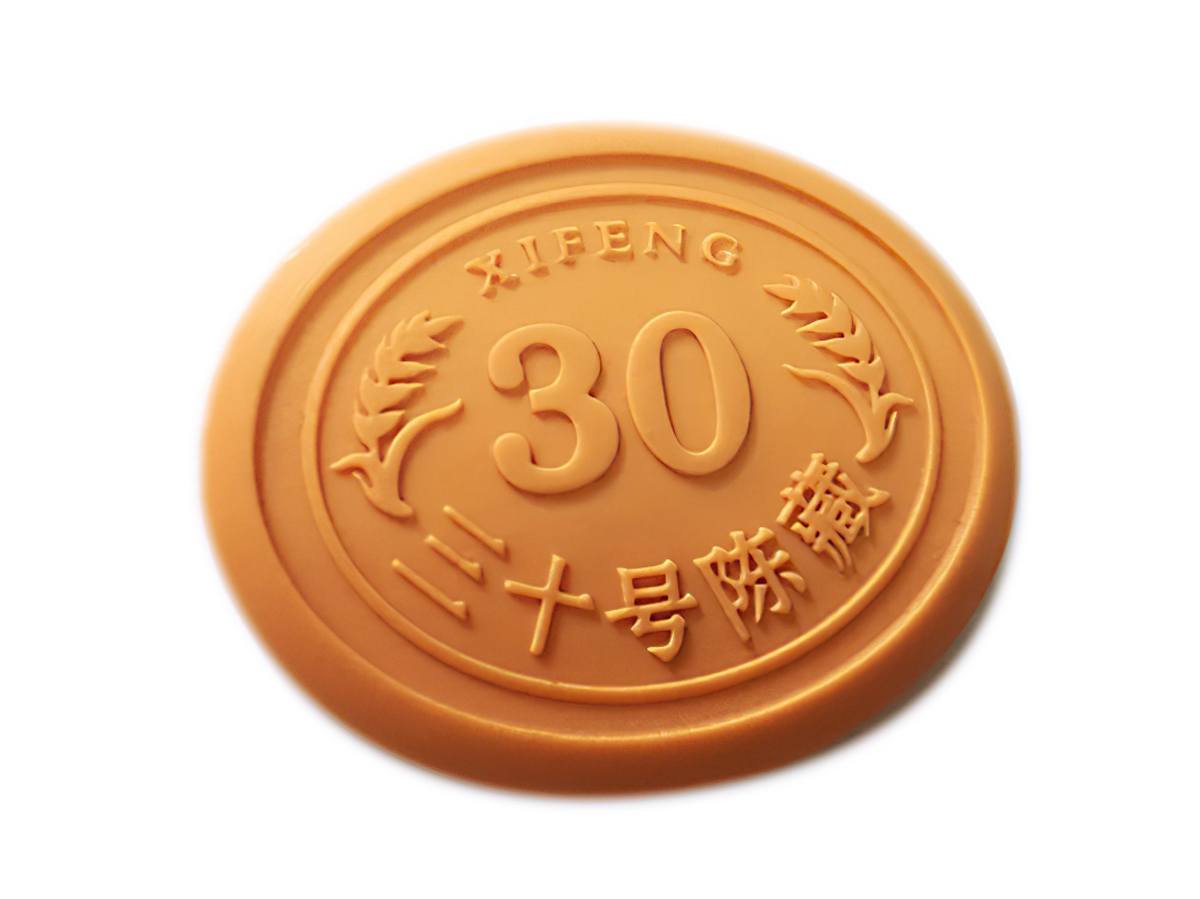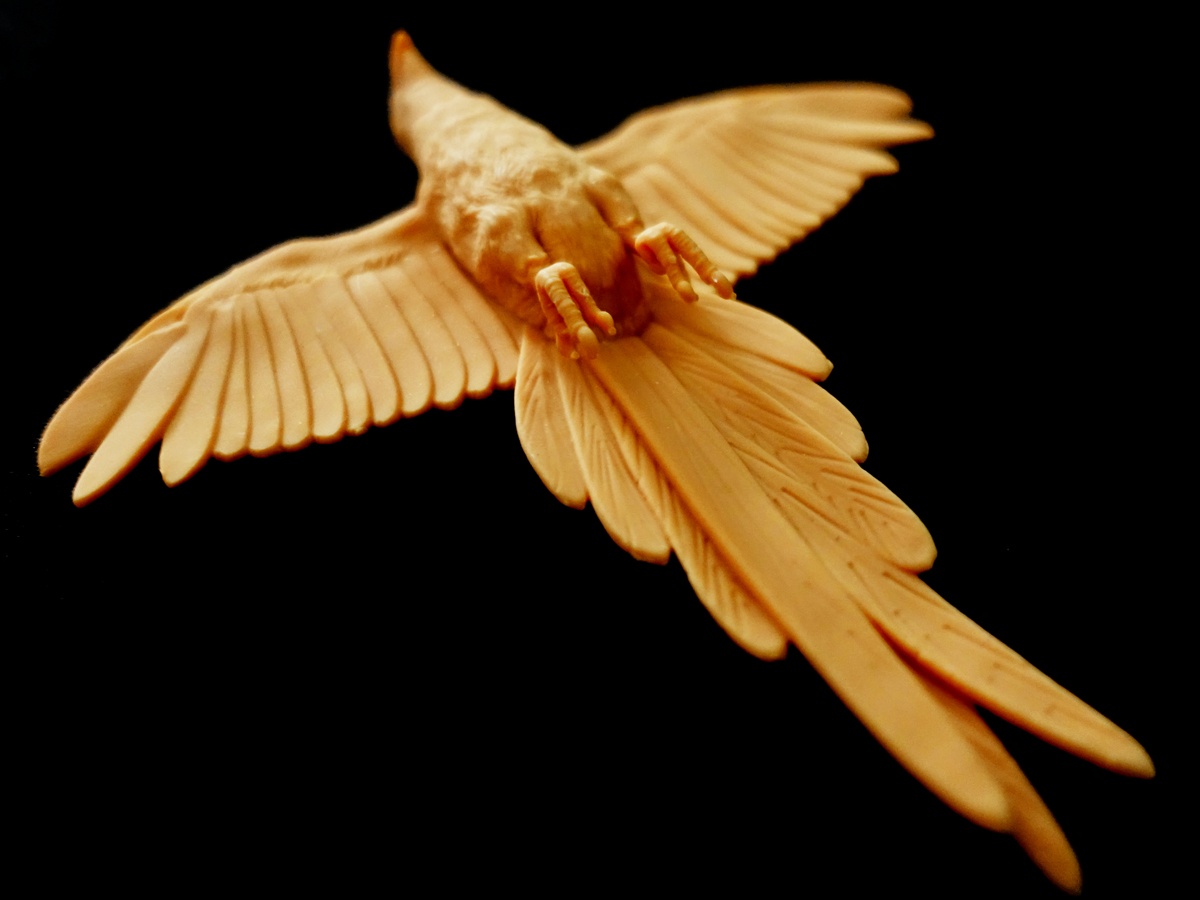DLP Ultra Detail ResinEnvisiontec RC30/RC31 RC31 is a highly smooth and detailed resin for building tough and stiff parts. It has an opaque peach color appearance. Max Build Size Min Build Size 2 x 2 x 2 mm Default Layer Height 0.05 mm Optional Layer Heights 0.025, 0.05 mm Tolerance ┬▒0.1% (with a lower limit of ┬▒0.1 mm) Up to 80 Ōäā Smooth ŌśģŌśģŌśģŌśģŌśģ Detail ŌśģŌśģŌśģŌśģŌśģ Accuracy ŌśģŌśģŌśģŌśģ Rigidity ŌśģŌśģŌśģŌśģ Flexibility ŌśģŌśģŌśģ Available ColorsPainted
Available Post ProcessPaint
Suitable For Functional prototypes and end products, Not Suitable ForLarge models Additional InfoEnvisionTECŌĆśs RC31 is a high temperature resistant resin for building tough and stiff parts. It can be processed on all Perfactory products from EnvisionTEC. RC31 is a nanoparticle-filled material that is used to build hard-wearing, stiff and high temperature-resistant parts. They have an opaque peach color appearance. RC31 is ideal for applications requiring superior stiffness and high heat deflection temperature, such as automotive components, pump housings and impellers, wind tunnel test parts, light reflectors, injection molds, hard chrome plating, etc.
Feature
3D PrinterMaterial Spec Sheet
Stereolithography is used to build your design with this material.Starting from a 3D model, a model is built by cutting it into thin layers via specialized software. A support structure is created, where needed, in order to deal with overhangs and cavities. The process takes place in a large tank and begins when a layer of liquid polymer is spread over a platform. This machine then uses a computer controlled laser to draw the first layer onto the surface of a liquid polymer, which hardens where struck by the laser. The model is then lowered and the next layer is then drawn directly on top of the previous one. This is repeated until the model is finished. In this way, layer by layer, an object is ŌĆ£drawnŌĆØ in the liquid by the beam, with the layers being consolidated throughout the process. When the object is complete, it is raised out of the tank via the supporting platform ŌĆō much like a submarine rising to the surface of the water ŌĆō with the excess liquid flowing away. The supports are removed manually after the model is taken from the machine.
|
